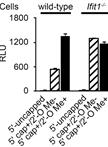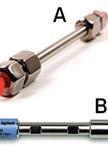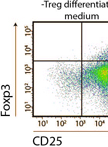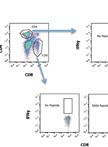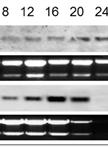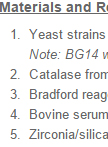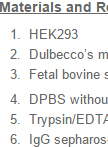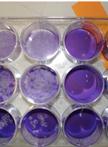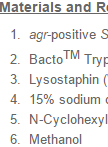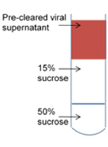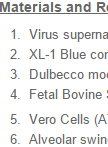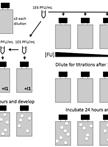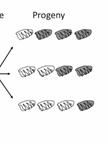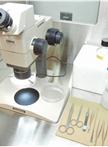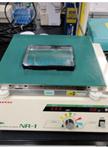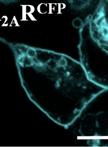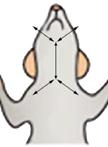往期刊物2014
卷册: 4, 期号: 6
生物化学
Cellular Translational Reporter Assay
细胞翻译报告基因分析
Synthesis of the Adenosine A2A Receptor Fluorescent Agonist MRS5424
腺苷 A2A 受体荧光激动剂 MRS5424的合成
癌症生物学
In vitro Regulatory T cells Differentiation From Naïve T Cells
从初始T细胞到调节性T细胞的体外分化实验
免疫学
Measurement of CD8 and CD4 T Cell Responses in Mouse Lungs
小鼠肺部的CD8和CD4 T淋巴细胞应激测定
微生物学
RNA Isolation and Northern Blot Analysis
RNA分离和Northern印迹杂交分析
Catalase Activity Assay in Candida glabrata
光滑念珠菌中过氧化氢酶活性分析
Helicase Assays
解旋酶活性检测试验
Virus Infection and Titration of SARS-CoV in Mouse Lung
小鼠肺部非典型性肺炎病毒的感染和滴定测试
Western Blotting for Staphylococcus aureus AgrA
葡萄球菌属AgrA蛋白印迹实验
Human Astrovirus Propagation, Purification and Quantification
人星状病毒繁殖、纯化和量化
Determination of Mutation Frequency During Viral DNA Replication
病毒DNA复制过程中的突变频率测定
Measuring Genetic Robustness in Vesicular Stomatitis Virus
测定水泡性口炎病毒中的基因强性
Fitness Determinations in Vesicular Stomatitis Virus
水泡性口炎病毒中的整体复制能力的测定
神经科学
Isolation and Culture of Neurospheres for the Study of Pathogenesis of Prion Disease
分离和培养神经球用于研究朊病毒病发病机理
Neural Stem Cell Differentiation and Prion Infection
神经干细胞分化和朊病毒感染
Adenosine A2A Receptor Ligand Binding Experiments by Using Real-time Single-cell FRET
采用实时单细胞荧光共振能量转移(FREET)法进行腺苷A2A受体配体结合实验
Transpharyngeal Exposure of GnRH Neurons
GnRH神经元的前路寰枢暴露研究


